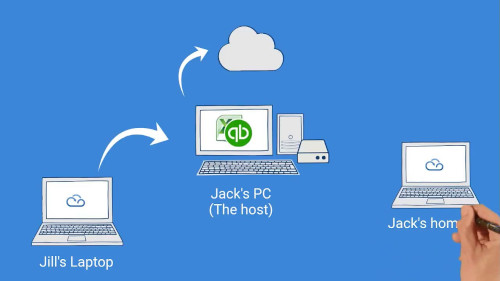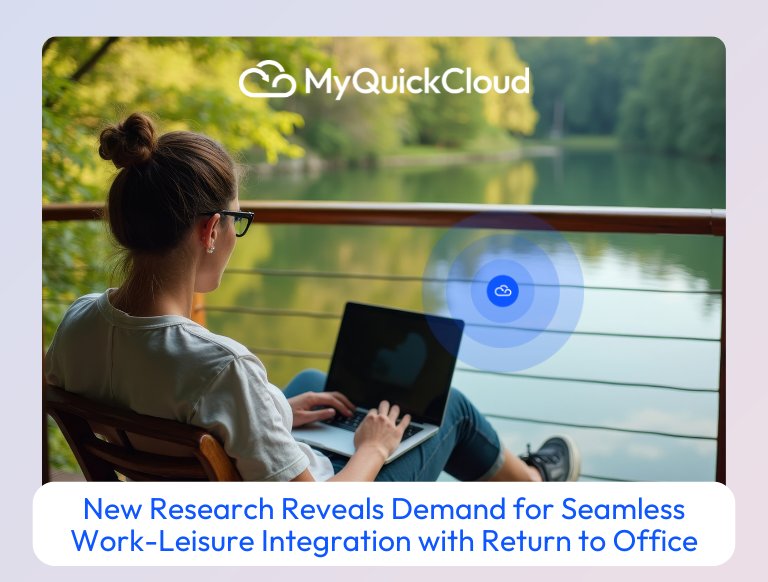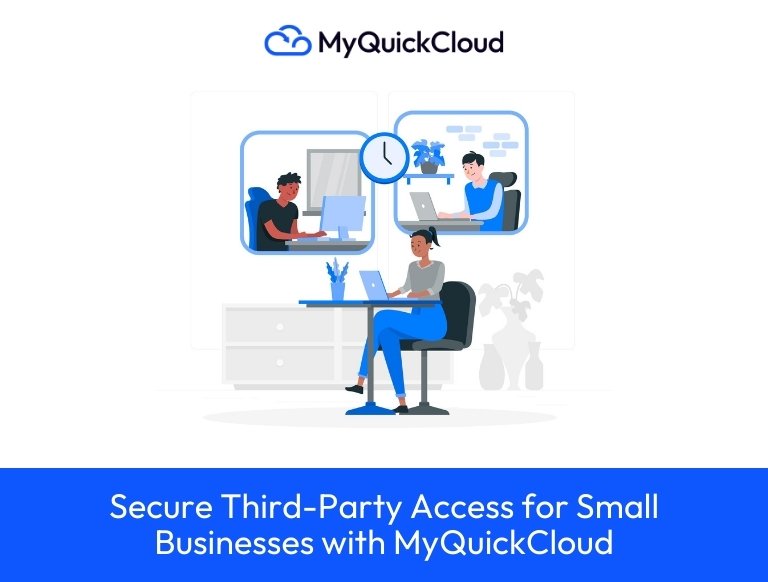In recent years, Software as a Service has made a huge impact on business operations.
SaaS, or Software as a Service, refers to hosting and licensing software from cloud-based servers on a subscription basis. In spite of its boom period, the industry dates back to the 1960s.
The cost of buying and maintaining computers and servers was prohibitive for most businesses sixty years ago. Instead, they would connect their monitors to a centralised server where they could subscribe to services. All users have to do now is connect to the internet, open their web browser, and type in the URL of the software application. They will have full access to all its features and stored data once they log in. This is why it is so popular.
SaaS continues to help businesses and individuals work more efficiently, and the world has taken notice. According to Transparency Market Research, the SaaS market is expected to reach $164.29 billion by the end of 2022. This rapidly growing market is also characterized by emerging SaaS-funding companies. Here are some of the key innovations that have made SaaS so popular.
Accessibility
Remote accessibility of SaaS applications eliminates the need to purchase, download, and install applications from a retail store. SaaS allows you to access the software’s features whenever you want. The software allows business owners, entrepreneurs, and other individuals to collaborate easily and stay up-to-date on everything that is happening. Access to the internet allows them to work.
Up-to-Date Software
SaaS providers maintain and service their software (so as not to lose subscribers), so users don’t have to worry about keeping their applications up to date. In the past, many software companies would have achieved this by releasing new versions of their software annually, on CD. Everyone gets their updates at the same time now.
Affordability
Despite hidden costs, SaaS subscriptions are likely to save you money since installation fees and bug fixes are never required. The type of features and packages you can sign up for will also likely be more varied. You can initiate upgrades at any time, so you can always use them later.
Ease-of-Use
SaaS is easy to use, which is one of its greatest advantages. A well-designed user interface and a short learning curve are essential for SaaS software to be widely adopted. For a novice to learn quickly, the interface, features, and all other components need to be clearly mapped out, either intuitively or with clear guides and tutorials. Subscription-based models are the cause of all of this. To keep you as a subscriber, SaaS businesses must impress you much faster than traditional software vendors.

Employee-Focused
A typical business can benefit from cloud computing by improving communications, training, and project management. Managing projects transparently and communicating effectively with local and remote employees is now possible for senior management. By doing this, companies can find new talent from a wider range of locations.
Marketing
Automated marketing software has proliferated thanks to SaaS. Startups of all sizes can now take advantage of free trials of SaaS products to optimize their marketing efforts (although some people urge caution). In addition to automating their marketing campaigns, businesses can also plan, execute, and track their campaigns using an accessible interface. Marketing SaaS applications now hope to scale their subscriptions as you expand your business, which has made this kind of software more affordable.
SaaS vs. PaaS
Essentially, SaaS provides pre-developed software for users to use via an outside provider, while PaaS vendors provide hardware and software tools for developers to use. Software and applications can be developed using PaaS tools. Without having to write code from scratch, they can fully customise their software. Despite the fact that both PaaS and SaaS can be accessed via the internet, PaaS providers will make their software creation platform accessible to developers. By contrast, SaaS users can access all the software’s features through a web browser. PaaS companies include AWS Elastic Beanstalk, Heroku, Google App Engine, and OpenShift.





